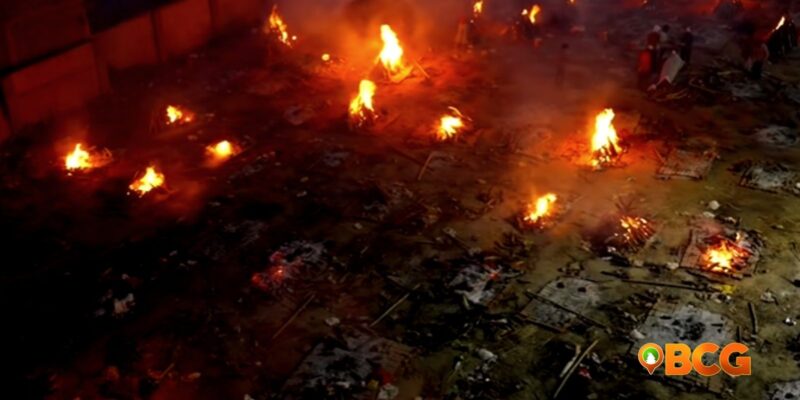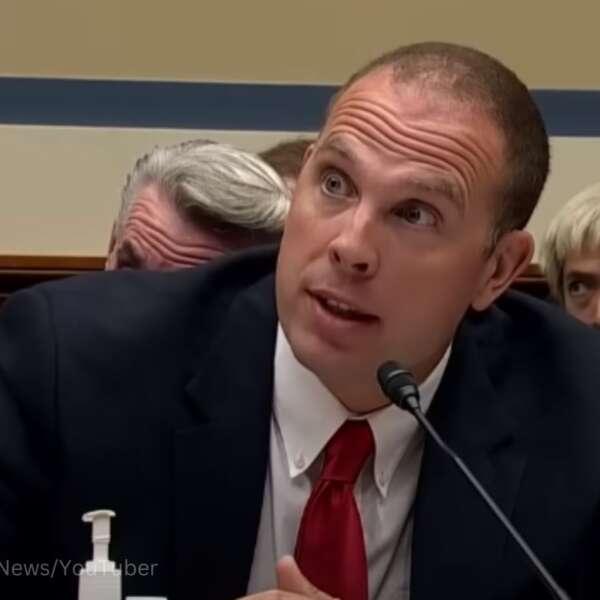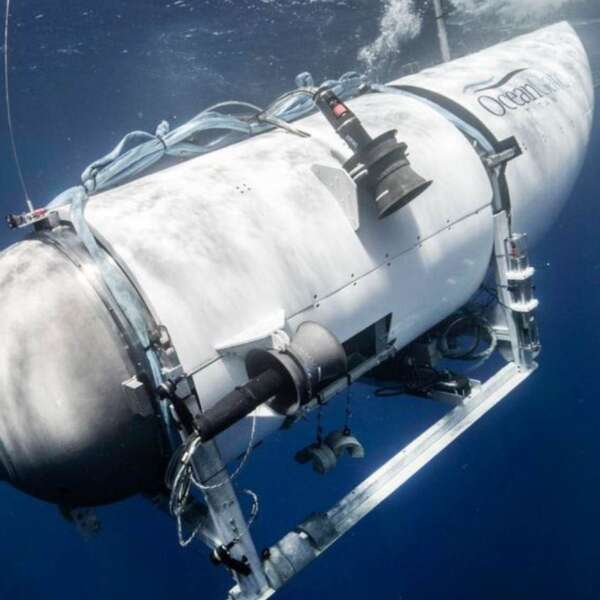On the brink of collapse: What went wrong in India
Makeshift crematoriums to cremate the dead, hospitals filled to the brim, and the dwindling supply of vaccine and oxygen tanks are just some of the horrors that India is facing right now as it battles COVID-19.
India recorded its first highest number of cases in September 2020, from there, the number of cases slowly declined. However, the number of cases seems to have plateaued between February and early March. The number of cases then exploded in April.
India Daily COVID-19 cases
India daily number of COVID-19 Deaths
Complacency? Who is to Blame?
India was able to flatten the curve on the first wave of COVID-19 spike last September 2020 combined with their country’s ability to manufacture the Oxford-Astrazeneca vaccine, it would seem that the end to the virus is already in sight.
However, this is not the case, because the number of cases rapidly increased in April. Hospitals were quickly filled with people infected with COVID-19. It reached a point where hospital beds are being shared by patients.
The government blamed the citizens’ lack of observance of health protocols such as mask-wearing, especially in public. Photos circulating online shows people gathering at events such as weddings where people are not wearing any masks nor have they observed proper physical distancing.
The Super spreader events
Government critics blamed the government for allowing several super spreader events which gave a wrong signal to its citizens. In February, the government announced that the election in key states will proceed. This prompted India’s politicians to hold several campaign rallies.
On top of that, the government also allowed the holding of the Khumb Mela festival in April which was attended by millions of pilgrims coming from different parts of India.
The Khumb Mela festival is a month-long festival that is being held every three years. Due to the millions of people, it attracts this festival is known to be the world’s largest human gathering. This year, the festival was held at the river Ganges where millions of people flocked. During the festivities, people were seen not to be wearing any facemasks nor were there any observance of physical distancing.
The Double Mutant Virus
Aside from the government and its citizens, there is another thing to blame for the rise of cases and COVID-19 deaths in India. Recent genome sequencing detected a new variant in India. Tagged as variant B.1.167 or dubbed as the double mutant variant. It was discovered that the new variant has two mutations on its spike proteins. The spike proteins are the part of the virus responsible for attaching to cells causing infection. Health authorities acknowledged that the mutated variants are responsible for the rapid spread of the virus.
Travel Ban Imposed
In response to the growing threats of the virus coming from India, several countries have already imposed a travel ban.
- United States
- United Kingdom
- Canada
- New Zealand
- Italy
- Singapore
- United Arab Emirates
- Oman
- Iran
- Pakistan
- Hongkong
- Singapore
Related Article: PH Imposes Ban for all Travelers Coming from India Starting Thursday
Help is Coming
With the sad plight of India, countries, and companies are rushing to its aid. The United States provided medical equipment and has also identified the raw materials needed to make the vaccine to be made available to India immediately.
The United Kingdom has also pledged to send vital medical equipment necessary in the fight against COVID-19. Among these are oxygen concentrators, non-invasive ventilators, and manual ventilators.
France has just announced their solidarity mission to India. France will be sending oxygen generation plants that are capable of providing an uninterrupted supply of oxygen in a 250-bed capacity hospital for 10 years. France will also send five containers of liquid medical oxygen, ventilators, and other essential medical equipment.
Russia has also pledged to send medical equipment such as oxygen concentrators and 3-4 Million units of Remdesivir injections. Remdesivir is a drug that is said to be used for the treatment of severe cases of COVID-19, the WHO, however, recommends against the use of Remdesivir in COVID-19 patients.
Singapore has recently sent cryogenic oxygen tanks.
Saudi Arabia is shipping 80 metric tonnes of liquid oxygen.
Other countries that have pledged their support are Australia, Germany, UAE, and China.
A lesson for the rest of the world
What happened in India will not only serve as a lesson to their country but also to the rest of the world. The premature total opening of the country in favor of the economy could prove to be a huge misstep. This is not only true in the case of India but also in the case of Chile where although having the highest vaccination rates their COVID-19 cases surged. There must be a balance between taking care of the people’s health and revitalizing the economy.
Sources:















